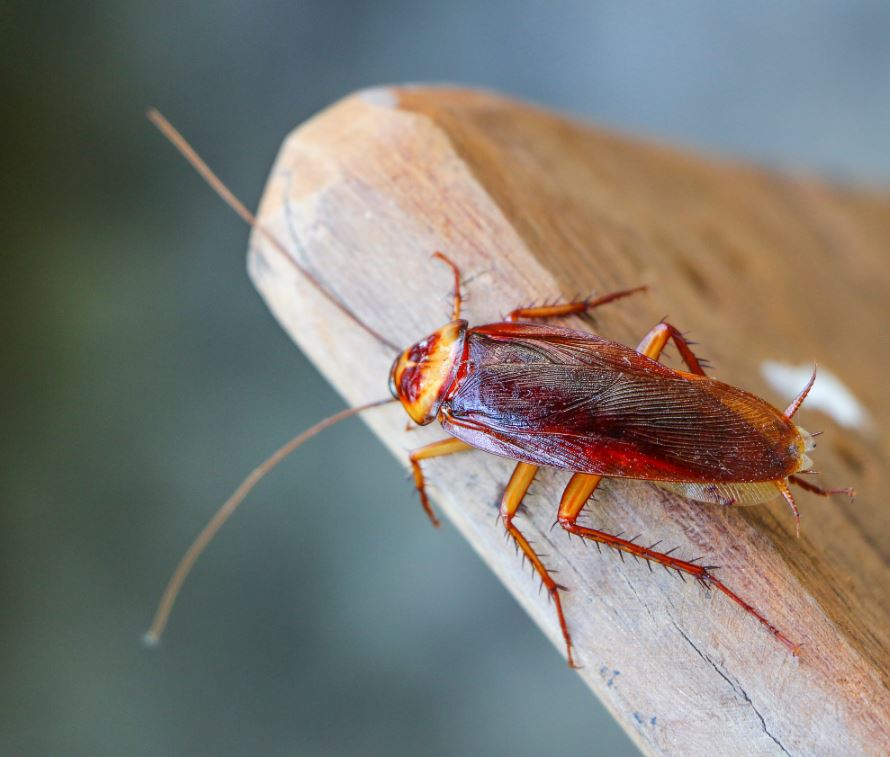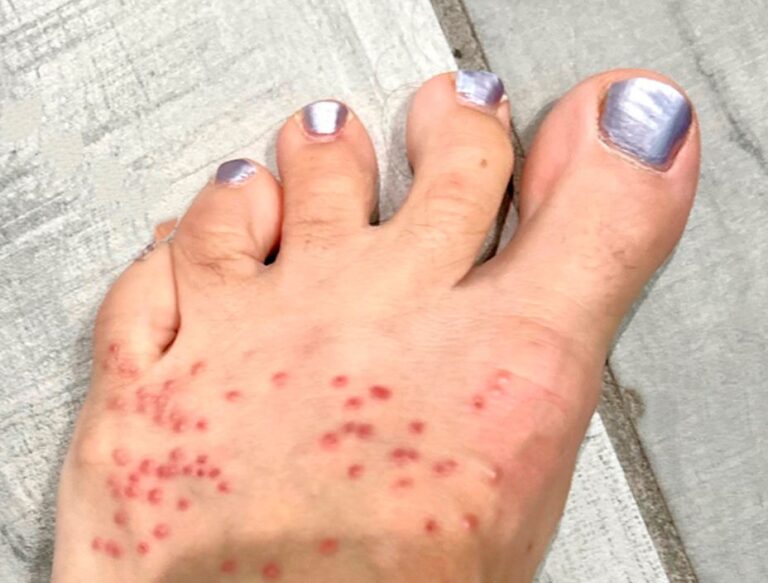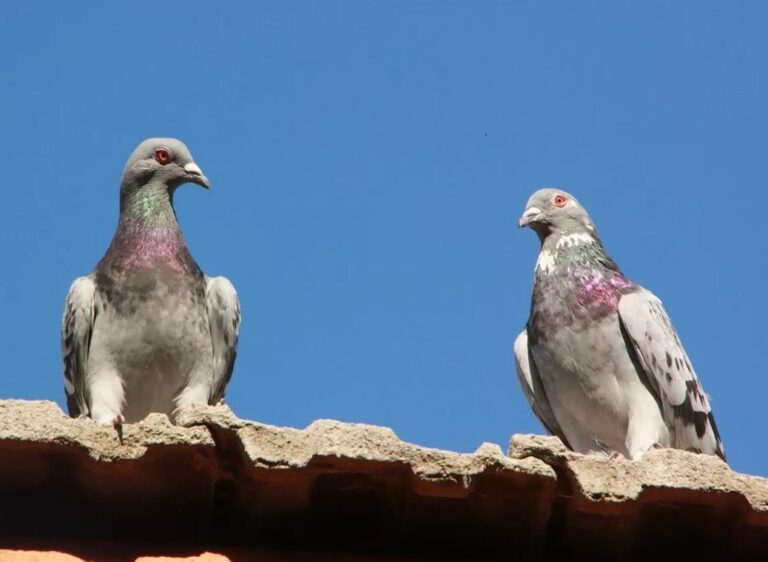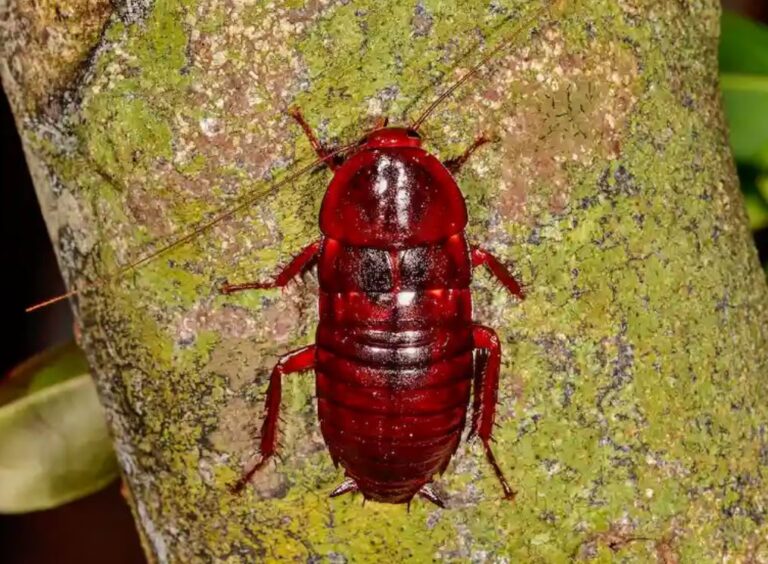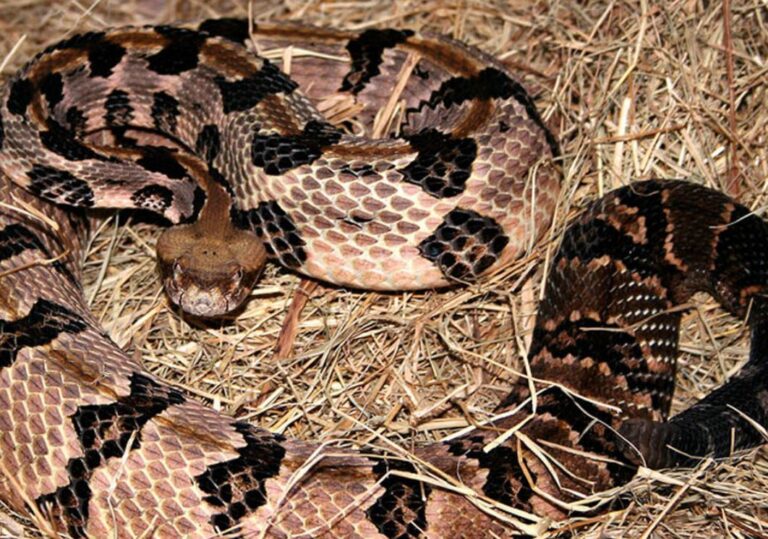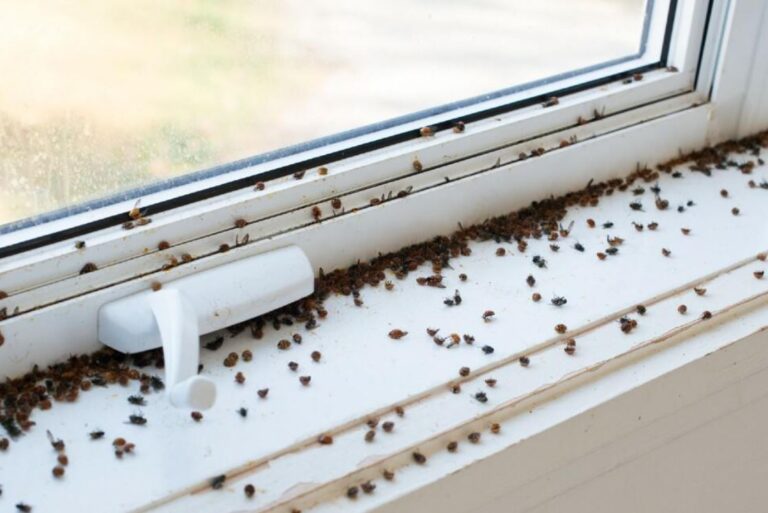Does Windex Kill Cockroaches? A Pest Expert’s Definitive Guide
You see a cockroach scuttling across your kitchen counter. In a moment of panic, you grab the nearest bottle of cleaning spray—a bottle of Windex. You douse the insect, and it eventually stops moving. Victory! But is this a legitimate pest control strategy, or have you just made a bigger problem for yourself?
As a pest control expert, I’m here to give you the unvarnished truth. While Windex can kill a cockroach on contact, it is an woefully ineffective and inefficient method for dealing with an infestation. Let’s dive into the science and the strategies that actually work.
The Science Behind the Spray: How Does Windex Affect Cockroaches?
The primary active ingredients in Windex Original are water and ammonia. Cockroaches breathe through a network of tiny tubes called spiracles. When drenched in a liquid like Windex, these spiracles can become clogged, essentially suffocating the insect. The surfactants (soap-like components) in the spray can also break down the protective waxy layer on the cockroach’s exoskeleton, leading to dehydration.
Pest Expert Insight: “Think of Windex like flooding a single ant hole in a vast, underground network. You might stop that one ant, but the colony remains completely unscathed and active. The same principle applies to using Windex on a roach. You’ve addressed a symptom, not the disease of an infestation.”
— The Pest Control Pros Team
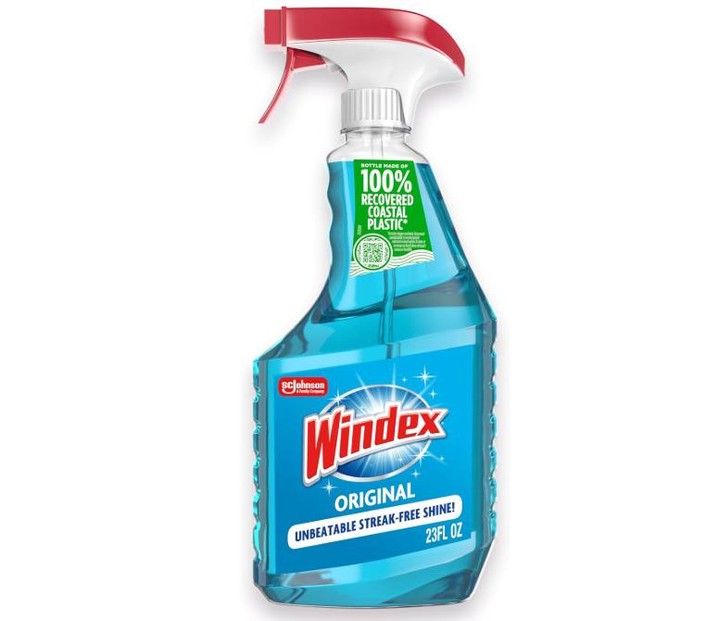
Windex vs. Roaches: A Detailed Comparison
Is Windex a reliable insecticide? The table below compares its performance against professional-grade solutions.
| Feature | Windex (Ammonia-Based) | Professional Insecticide (e.g., Advion, Phantom) |
|---|---|---|
| Kill Method | Contact-based suffocation & dehydration | Ingestion & contact; targets nervous system |
| Speed of Kill | Slow (minutes of soaking required) | Fast (minutes to hours) |
| Residual Effect | None – evaporates quickly | Yes – lasts for weeks, creating a killing zone |
| Effect on Eggs | Zero – does not affect egg cases (oothecae) | Yes – some contain Insect Growth Regulators (IGRs) |
| Colony Impact | None – only kills the roaches you see | High – transfer of poison via grooming & cannibalism |
| Safety for Home | Relatively safe for surfaces when used as directed | Requires careful application per label instructions |
As the table clearly shows, Windex fails on almost every metric of an effective pest control product.
The Hidden Dangers of Using Windex for Pest Control
Relying on Windex is not just ineffective; it can be counterproductive. Here’s why:
- You’re Wasting Precious Time: Every second you spend chasing a roach with a cleaning spray is a second the infestation grows unnoticed. Effective control requires a strategic, proactive approach.
- You May Spread Allergens: Crushing a roach or spraying it can spread its body parts and feces, which are known allergens and can trigger asthma attacks, especially in children.
- It Creates a False Sense of Security: Seeing a dead roach can make you think the problem is solved. In reality, for every one you see, there are dozens, if not hundreds, hiding in your walls, appliances, and drains.
- Surface Damage: The ammonia and other chemicals in Windex can damage certain surfaces like wood, certain countertops, and electronics if overused in a panicked attempt to hit a bug.
What Actually Works? Expert-Recommended Roach Control Methods
Forget the blue spray. A multi-pronged approach is the only way to achieve lasting roach control.
1. Gel Baits: The Gold Standard
Gel baits are the most effective DIY solution. Roaches are attracted to the bait, consume it, and then return to their nesting sites to die. Other roaches then cannibalize the poisoned one, creating a domino effect that decimates the colony.
2. Insect Growth Regulators (IGRs)
Products like Gentrol disrupt the roach life cycle by preventing nymphs from maturing into breeding adults. IGRs don’t kill on contact but are fantastic for long-term population control and are often used in conjunction with baits.
3. Borax or Boric Acid
A classic and low-cost option. When roaches walk through a fine dusting of boric acid, it sticks to their legs and body. They later ingest it while grooming. It’s a slow-acting stomach poison that is highly effective when applied correctly in thin lines in hidden areas (under appliances, in cracks and crevices).
4. Professional Pest Control
For severe or persistent infestations, calling a licensed professional is your best bet. They have access to stronger, commercial-grade products and the expertise to locate and eliminate harborages you would never find.
Prevention is Better Than Cure: Keeping Roaches Out
The best way to deal with roaches is to never get them in the first place.
- Eliminate Food Sources: Store food in airtight containers, clean up crumbs and spills immediately, and avoid leaving pet food out overnight.
- Remove Water Sources: Fix leaky faucets and pipes. Roaches can live for a month without food but only a week without water.
- Seal Entry Points: Use caulk to seal cracks in baseboards, around pipes, and in walls. This denies them easy access into your home.
The Final Verdict
So, does Windex kill cockroaches? Yes, but only through direct, sustained contact, and it is a terrible pest control strategy.
It has no residual effect, does nothing to the hidden colony or eggs, and can inadvertently make the problem worse by distracting you from proven solutions. Ditch the Windex for cleaning your windows, and invest in proper gel baits, IGRs, and sealing techniques to win the war against cockroaches for good.

